My spiritual care to patients with COVID-19 began, unbeknownst to me, on February 26, 2020. It was Ash Wednesday. A chaplain at Harborview Medical Center in Seattle, Washington, I was paged at the beginning of my work day to a patient on the Medicine ICU for the imposition of ashes—a sacred ritual in the Christian tradition that marks the beginning of the Lenten journey. I was surprised when I drew back the curtain and found the patient unresponsive and his wife lying next to him in bed, her head nuzzled under his chin. She rolled forward to sit up, but I encouraged her to stay. After hearing stories about her husband, a devout Catholic with a tough exterior and a gentle heart, I leaned over her and anointed his forehead with ashes. I recited the words from Ecclesiastes “Remember that you come from dust and to dust you shall return.” These words felt heavier than normal spoken to a man whose breathing was labored. I closed the curtain behind me and cried.
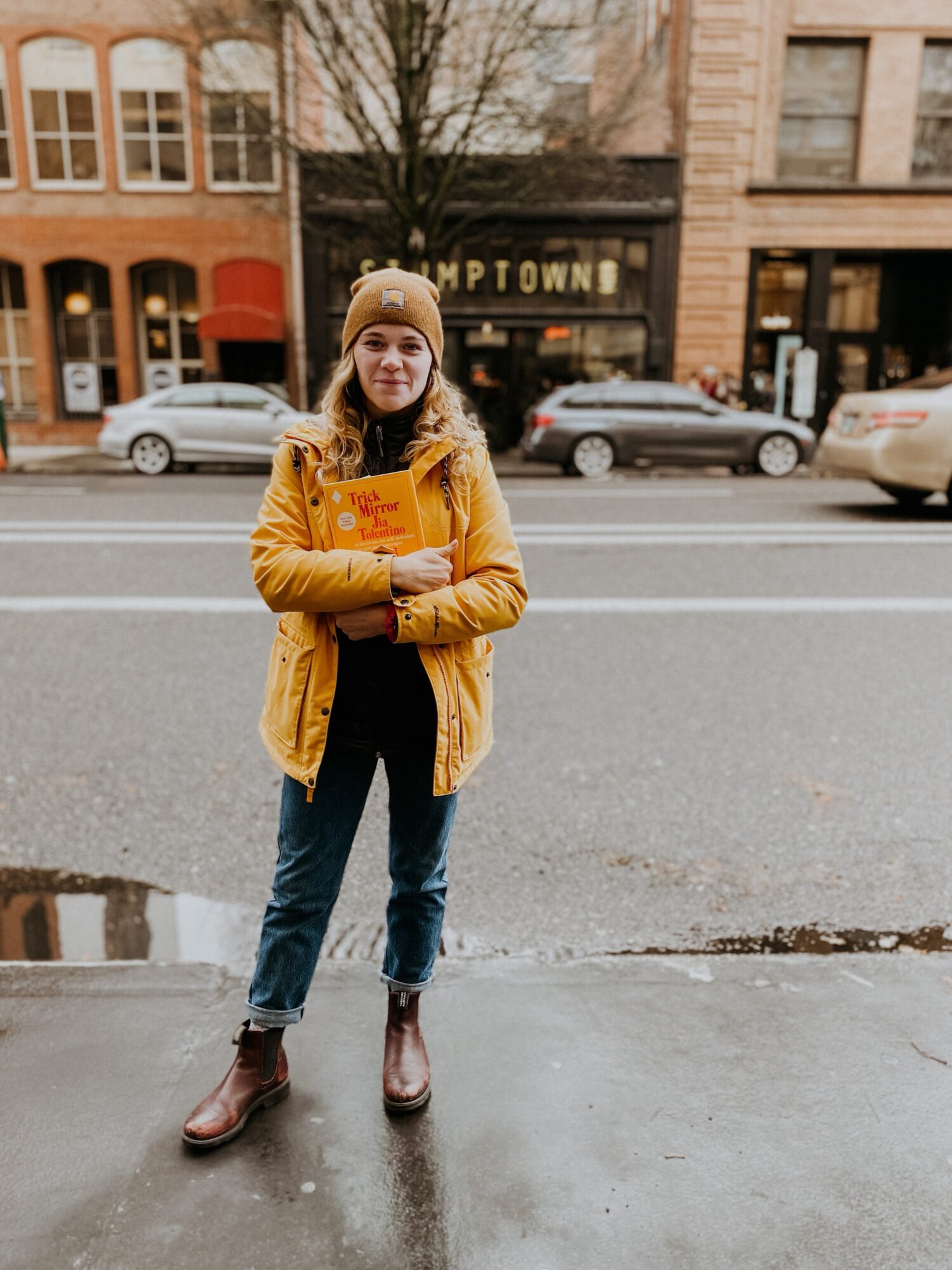
That Sunday, I got word of the virus spreading in the community north of Seattle. I sat on the couch with a group of friends, enjoying the final hour of a cabin weekend. “What if I get Coronavirus and die?” I asked. I tend not to beat around the bush. The calm and logical one responded, “Even if you get it, you’re likely to be fine.” I played Gillian Welch’s “I’m Not Afraid to Die” over the speakers, closed my eyes, and cried in the presence of friends. That evening I got a phone call informing me that the patient I’d visited on Ash Wednesday was being ruled out for COVID-19. Days later his test came back positive.
The months of March and April were a blur. After my brief stint of self-quarantine (on account of a scratchy throat most likely attributable to seasonal allergies), I returned to the hospital as more positive cases were being reported. I’d had a moment to sit with my fear around the virus and for reasons unknown I found myself volunteering to work with the Palliative Care team— an interdisciplinary team that supports patients with complex illnesses—as a chaplain to patients on the COVID ICU.
My work with the COVID ICU in the weeks leading up to the “surge” primarily involved the support of families unable to be with their loved ones in the hospital. As a young millennial, I learned to overcome the discomfort of talking on the phone. I spoke with family members near and far, some through telephonic interpreters. I heard stories of strength and resilience. A mother who carried her children through internment camps in Asia and provided them with opportunity and safety in the United States. A father who was beloved in his Guatemalan village, known for making bright luminaries and for decorating his church at Holy Week. A 90-year-old “straight shooter” who requested a Sprite and a Bible when she turned a corner in the hospital and began beating the virus. A husband whose wife in Guatemala described, through K’iChe interpretation, the beauty of their Catholic wedding and her desire for him to receive the Anointing of the Sick.
For the months of March and April, I looked through windows of hospital rooms and listened over the phone to stories of resilience and hope. I lost track of statistics. I joined with families in prayer and wishful thinking as their loved ones, strong and magnanimous, fought the virus. In most cases, these families were not fortunate enough to see their loved ones come home. I felt numb when through the phone they said, “We know you did all you could do.” The Lenten season came and went with very few signs of resurrection. By late April, I had stopped crying.
On another Wednesday morning in early May, I reported to work and learned that my favorite former patient—a fiery woman whose affection I earned with candy, bluntness, and perseverance—was admitted the night before. My heart hit my kneecaps. Immediately, I went to her room and called in from the window. She hollered at the speaker phone, “Is that Carly? Come back after lunch. You promise you’ll come back?” I rushed to be fitted for an N95 mask and returned to her room where I held her hand and prayed. We had a habit of praying aloud, one at a time, and on special occasions we prayed together in tongues. This time was special. I watched as she leaned her head back and closed her eyes, her mouth babbling incomprehensible syllables. I held her hand tightly and joined in, the way I used to do in church.
I returned the next day as promised, this time accompanied by ICU doctors who wanted to discuss her Code status. Should she be intubated, her chances of coming off the vent were highly unlikely. I watched her eyes grow bigger as she realized what the doctors were saying. She fanned her face like she always does when she doesn’t want to cry. She said she was “done talking about dying,” so we watched Judge Judy, sang Ray Charles and laughed. She asked me to sort through her purse, charge her phone and pick up some Halls Lemon flavored cough drops for her because “the ones they have here don’t work.” It was a normal visit, except this time she looked straight ahead and said, “These might be my final days, Carly. I don’t want to die, but if I do, I hope I go peacefully.” I looked at her through my tears and prayed for her by her full legal name. I thanked God for our friendship—that she always gave me permission to be myself and never once failed to make me laugh. I promised her I’d be back the next day with cough drops and Little Debbie’s Shortcakes. I blew her a kiss from the door and told her I loved her. I hope to God those words carried her peacefully through her last few hours.
Boundaries are arbitrary and fluid—I’m sure I crossed them and accidentally loved her too much. In my work as a spiritual care provider to patients and families with COVID-19, I have grieved with families, facilitated communication between providers and families, and in this case, I was family to a dying patient when hers was not present. The hospital staff who helped me out of my personal protective equipment asked, “Do you take this stuff home with you?” I’ve never cried harder than in the hours and days following her death.
David Kessler recently introduced a sixth stage to the grieving process: finding meaning.[1] He claims that after acceptance, we transform grief into hope. If there’s any hope in this season of overwhelming grief, I find it in our shared human experience. When I’m connecting with other dust bound beings in simple but extraordinary moments—sharing stories across time zones about worship, work and art. Witnessing love and earnest commitment through hospital bed nuzzles and sacraments observed on a video call. Holding the dark wrinkled hands of a friend and noticing that her fingernail polish is chipped, sparkly, and gold— just like mine. My experience of COVID-19 is marked by the words I spoke to that first patient: “From dust we came and to dust we shall return.” I don’t know if our souls keep when our bodies return to dust. I hope my friend is dancing.
[1] David Kessler, Finding Meaning: The Sixth Stage of Grief, (New York: Scribner, 2019).
Carly Misenheimer is a Spiritual Care Resident at Harborview Medical Center in Seattle, WA. On the weekends, she is a barre instructor and karaoke enthusiast. Originally from High Point, North Carolina, she moved to the northwest for friends and mild weather. Carly earned her BA from the University of Virginia and graduated with her Masters in Divinity from Vanderbilt Divinity School. As an Enneagram 8 with a Cancer sun, Carly was drawn to hospital chaplaincy for the intensity, emotion, and humanness.

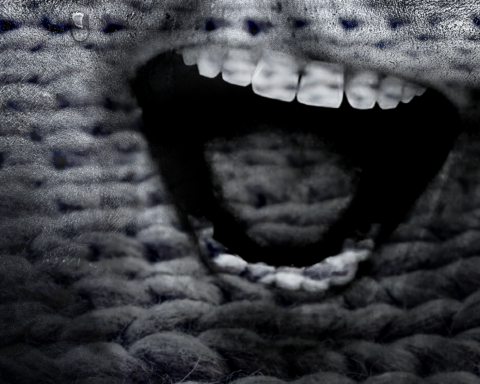
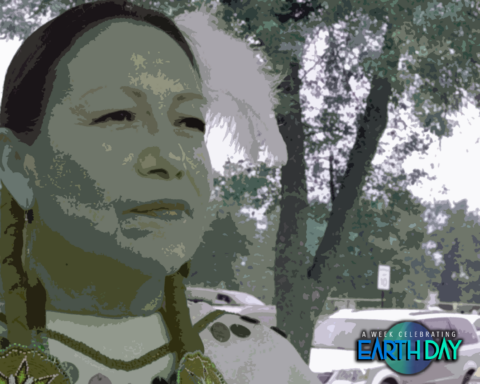
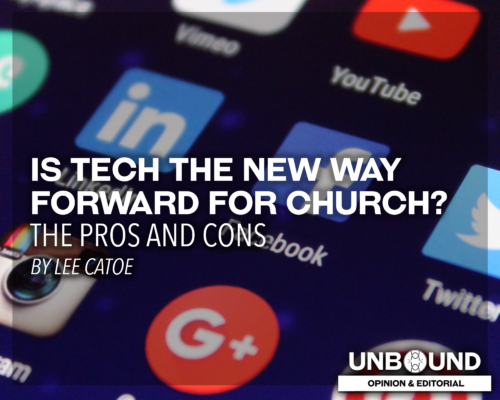
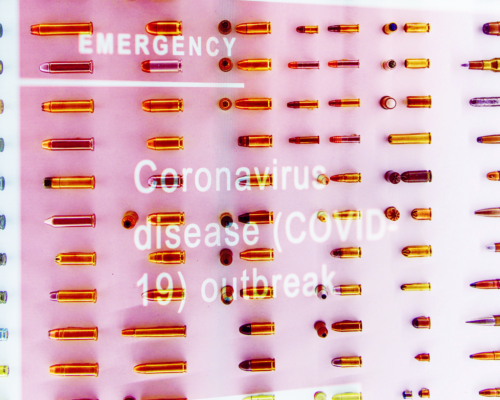
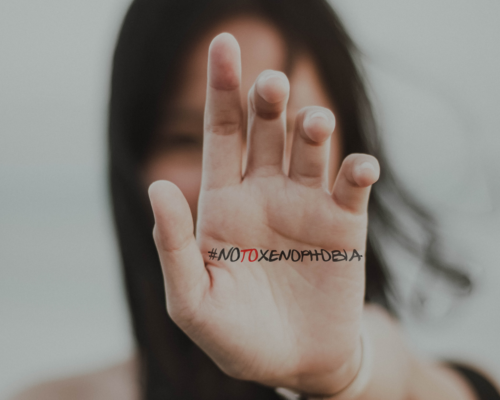
Unbound Social